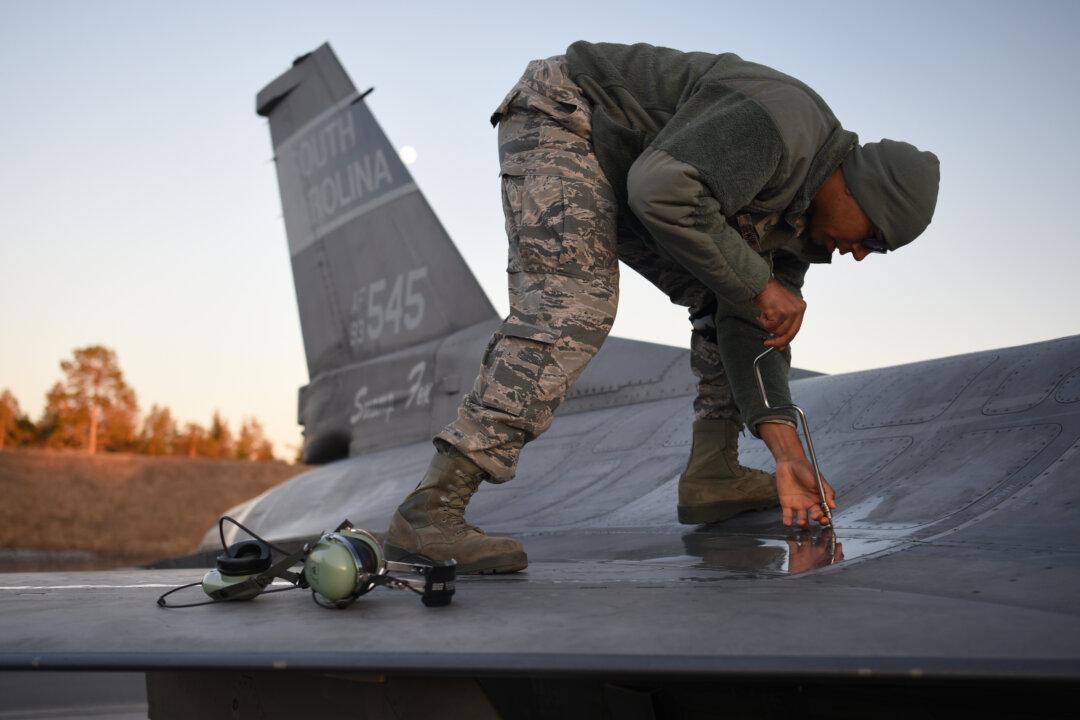For the first time, the Air Force has issued an official Arctic strategy, underscoring the region’s growing strategic significance.
“Historically, the Arctic, like space, was characterized as a predominantly peaceful domain,” said Air Force Secretary Barbara Barrett on July 21, as the new strategy was announced. “This is changing with expanded maritime access, newly discovered resources, and competing sovereign interests.”





